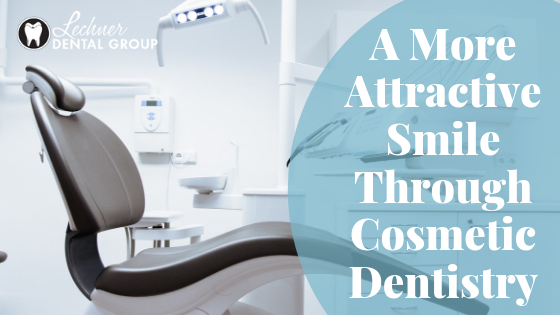
This is the continuation of our blog series on the topic of
cosmetic dentistry. The last blog on the topic is
here.
Bonding
Dental bonding uses a resilient plastic resin material that is employed to fix issues like gap teeth, chips or cracks, cavities, exposed roots, and any other aesthetic purposes. After the bonding material has been matched to the color of the person's teeth, the dental professional might apply a conditioning liquid on the teeth that are being repaired. Then, the resin is bound to the teeth and constructed to produce the desired appearance. A hardening light is used on the resin, and then it is trimmed and polished to make the resin flush with the original tooth.
Bonding is a pretty simple process that often takes about a half hour to an hour to complete. Furthermore, unlike crowns and veneers, the bonding substance will not need to be sent to a laboratory, making it a cheaper cosmetic dental method for individuals. Unfortunately, the bonding ingredient is not as firm as veneers or crowns, and the person must be careful as the bonding component can chip and be damaged.
Inlays and Onlays
A possible alternative to a crown are inlays and onlays, which are a kind of filling. Known also as indirect fillings, onlays and inlays are designed for teeth with decay or damage, and they are usually constructed with porcelain, composite materials, or sometimes even gold. The American Dental Association states that gold inlays are the most durable (and expensive) kind of filling. They can last more than twenty years with daily dental hygiene.
An inlay is a filling that is made to fill the depressions in the center of the tooth. After the patient has been numbed, the dentist eliminates the tooth decay. Similar to veneers and crowns, the dentist will then create an impression of the area and send it off to a dental laboratory where the inlay will be made. Typically, the inlays will be made from composite resin or porcelain and will fit the shape of the patient's real teeth.
If the damage to a tooth is located on the tip, an onlay can be chosen to solve the issue. The process for a dental onlay is virtually identical to that of an inlay. The dentist fixes the affected area of the tooth and creates a mold which is sent out to the laboratory. Then, the tooth is matched with an interim onlay until the long-term one arrives.
Our blog series on cosmetic dentistry will conclude in the next blog post, so make sure to visit again. In the meantime, you can click here if you need to schedule an appointment with Dr. Lechner, and be sure to follow us on social media.